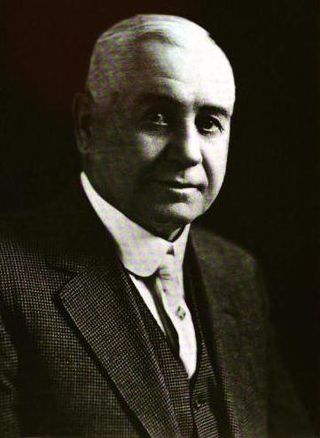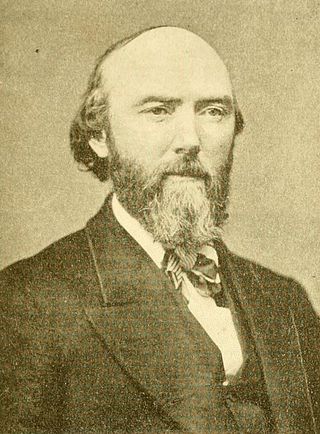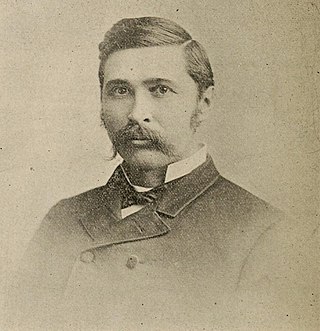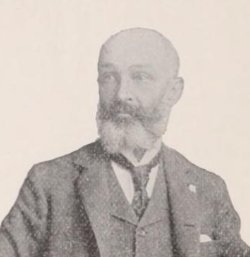
The Territory of Wyoming was an organized incorporated territory of the United States that existed from July 25,1868,until July 10,1890,when it was admitted to the Union as the State of Wyoming. Cheyenne was the territorial capital. The boundaries of the Wyoming Territory were identical to those of the modern State of Wyoming.

Joseph Maull Carey was an American lawyer,rancher,judge,and politician,who was active in Wyoming local,state,and federal politics.

The Diocese of Cheyenne is a Latin Church ecclesiastical territory,or diocese,of the Catholic Church in the US state of Wyoming. It is a suffragan diocese in the ecclesiastical province of the metropolitan Archdiocese of Denver.
The Wyoming Democratic Party is the affiliate of the Democratic Party in Wyoming,headquartered in Cheyenne. The party was strong during Wyoming's territorial days,but suffered a decline in its early statehood. It rose to prominence again from the 1930s to the 1950s before experiencing another decline.

Morton Everel Post was an American businessman,farmer,and politician who served as a delegate to the United States House of Representatives from Wyoming Territory's at-large congressional district.

Stephen Friel Nuckolls was a Delegate from the Territory of Wyoming and co-founder of Nebraska City,Nebraska. Nuckolls County,Nebraska is named after him.

William Wellington Corlett was a Delegate from the Territory of Wyoming.

Eliza Stewart Boyd was the first woman in America ever selected to serve on a jury.
Henry Ruhl was a spree killer and the only person executed in Wyoming by the U.S. government. This was also the second-to-last pre-Furman execution in the state and third-to-last as of 2022.
William Lyman Maginnis was Chief Justice of the Supreme Court of Wyoming Territory from November 8,1886 to October 1,1889.
The following is a timeline of the history of the city of Cheyenne,Wyoming,USA.

Wyoming was the first place in the world to incorporate women's suffrage,although other jurisdictions had already given limited suffrage to women who met various property qualifications. A U.S. territory in 1869,Wyoming's first territorial legislature voted to give women the right to vote and to hold public office. A legislature made entirely of men passed the woman's suffrage bill in 1869 entitled "An Act to Grant to the Women of Wyoming Territory the Right of Suffrage,and to Hold Office.”The territory retained its woman suffrage law even when that law could have jeopardized the Wyoming Territory's application for statehood. In 1890,Wyoming became the first U.S. state allowing its woman citizens to vote.

Benjamin Gallagher was an American politician who served as the 1st Auditor of the Wyoming Territory as a Democrat.

Anthony C. Campbell was an American attorney and politician who served as the United States attorney for the Territory of Wyoming as a Democrat.

Daniel Webster Gill was an American politician who served as the 23rd and 26th Mayor of Cheyenne,Wyoming and in the Wyoming Senate as a Democrat.
Hiram M. Hook was an American politician who served as the first Mayor of Cheyenne,Wyoming,while it was still a part of the Dakota Territory with a population of around 600 people.

Martin Van Buren Boughton,more commonly referred to as M. V. Boughton,was an American pioneer and politician who served as the 7th Mayor of Cheyenne,Wyoming.

Jervis Joslin was an American politician who served as the 5th Mayor of Cheyenne,Wyoming.

William Jefferson Hardin was an American politician who was the first African American member of the Wyoming Legislature.

The 1st Wyoming Territorial Legislature was a meeting of the Wyoming Legislature that lasted from October 12 to December 10,1869. This was the first meeting of the territorial legislature following the creation of the Wyoming Territory by the United States Congress.














